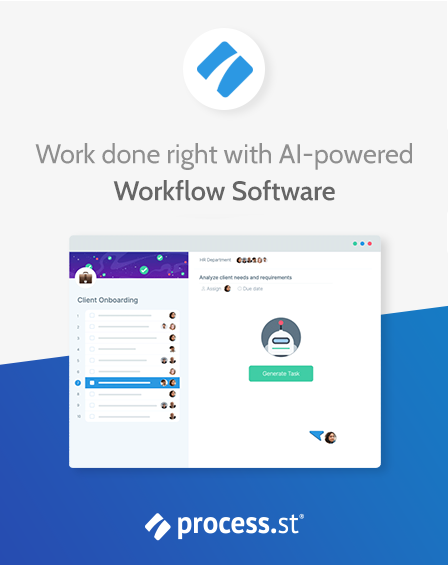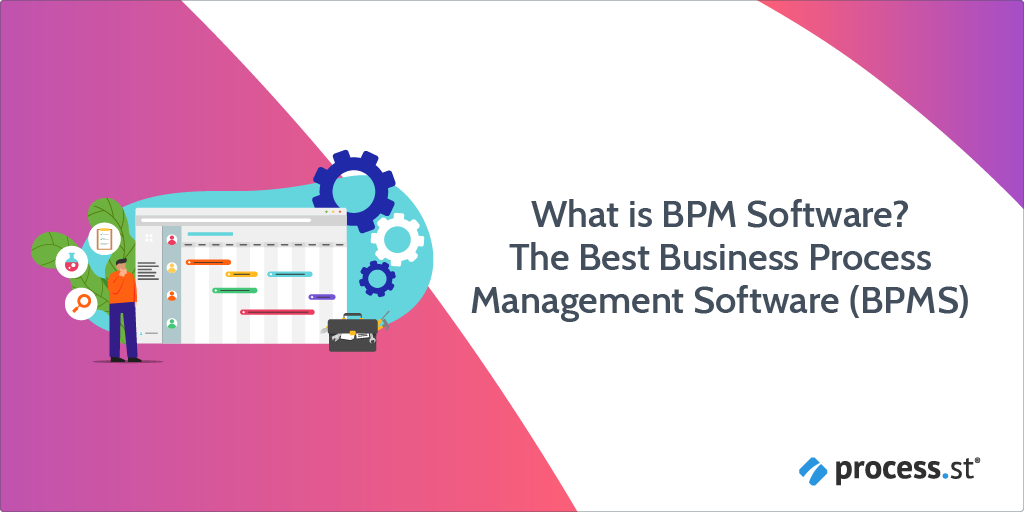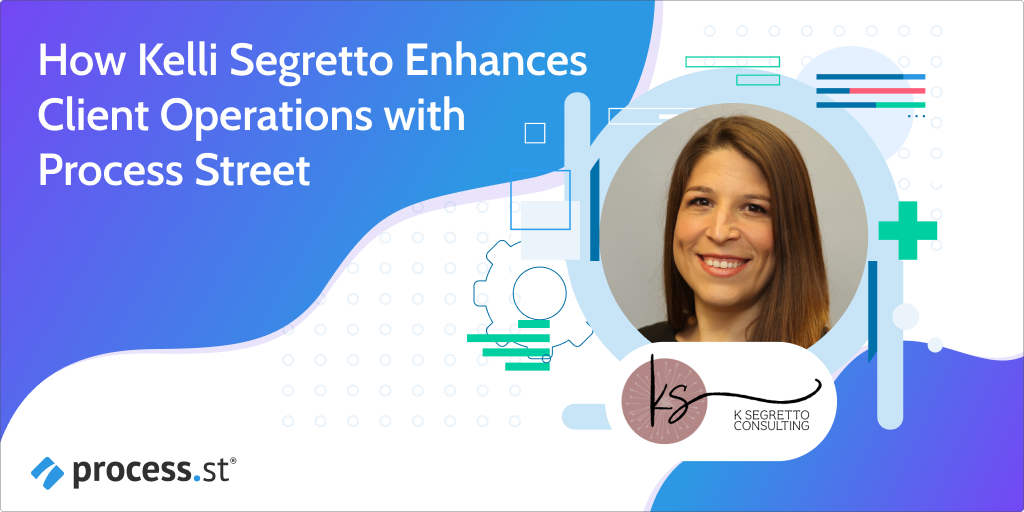
Nick Sonnenberg is an entrepreneur, columnist, guest lecturer at Columbia University, and the Wall Street Journal’s bestselling author of Come Up for Air: How Teams Can Leverage Systems and Tools to Stop Drowning in Work.
Nick is also the founder and CEO of Leverage, a leading operational efficiency consultancy that helps companies implement the CPR business efficiency framework.
It’s the culmination of Nick’s unique perspective on the value of time, efficiency, and automation, which stems partly from the eight years he spent working as a high-efficiency trader on Wall Street.
In this episode of The Employee Onboarding Podcast from Process Street, Nick discusses:
- How operational efficiency saved Leverage from bankruptcy
- The key to successful onboarding
- Creating a “wow” moment for new hires
- Come Up for Air
You can listen on Apple, Spotify, Google, Podchaser, Podcast Addict, Deezer, & all your favorite podcast platforms!
Continue Reading






 Workflows
Workflows Projects
Projects Data Sets
Data Sets Forms
Forms Pages
Pages Automations
Automations Analytics
Analytics Apps
Apps Integrations
Integrations
 Property management
Property management
 Human resources
Human resources
 Customer management
Customer management
 Information technology
Information technology











